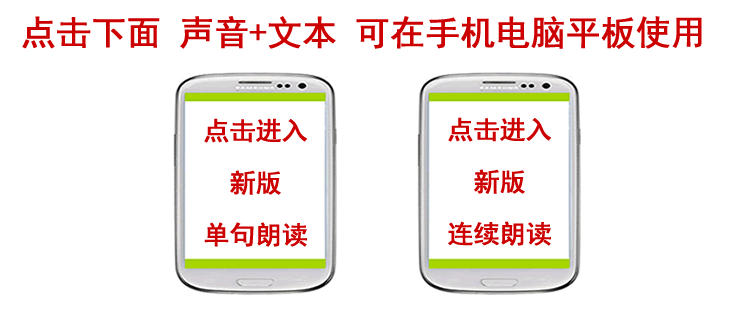特别广播英语第 91 课:The Language of Uncertainty 模糊语言-3 First, we find that the number depends, of course, on the items involved. 首先,我们发现孩子所拿取的糖块数量,当然要取决于碗里有多少块糖的数量。
To most people some friends means about five, while some trees means about twenty. 对大多数人来说"有些朋友"指的是5个左右,而"有些树木"则指的是20棵左右。
However, unrelated areas sometimes show parallel values. 但是,在互相没有什么关连的事物范畴之内有时却能表示出平行的数值概念。
For instance, the language of probability seems to mean about the same thing in predictions about the weather and about politics: 例如,可能性这类话在天气预报和政治预测当中的意思是相同的;
the expression is certain to (rain, or be elected) signifies to the average person about a 70 per cent chance; is likely to, about a 60 per cent chance; probably will, about 55 per cent. 在"确实有可能会"这类话中,对一般人来说,这表示约有70%的可能性;若说"很可能会"就意味着约有60%的可能性;若是说"有可能会"这就意味着55%的可能性了。
Secondly, the size of the population of items influences the value assigned to an expression. 第二,测试所用物品数量的多少会影响某一词语或某一说法所代表的实际数值。
Thus, if we tell a subject to take "a few" or "a lot of" glass balls from a box, he will take more if the box contains a large number of glass balls than if it has a small number. 因此,如果我们让某一位被测试者从一个盒子中拿取"很少"或"很多个"玻璃球。如果盒子里的玻璃球少,他就拿取得少。
But not proportionately more: if we increase the number of glass balls eight times, the subject takes only half as large a percentage of the total. 但取多少并不是按比例增多的:如果我们把玻璃球的总数增加到8倍,被测试者也只从玻璃球的总数量的某个百分数中取走一半。
Thirdly, there is a marked change with age. Among children between six and fourteen years old, the older the child, the fewer glass balls he will take. 第三,随着年龄的增长拿取多少个也有明显的变化。在6到14岁的孩子们中间,年纪越大的孩子,他所拿取的玻璃球就越少。
But the difference between a lot and a few widens with age. 但是拿取"很多个"和拿取"很少"之间的差距随着年龄的增长而加大了。
This age effect is so consistent that it might be used as a test of intelligence. 这种年龄的差别是十分稳定的,可以把它用作智力测验。

